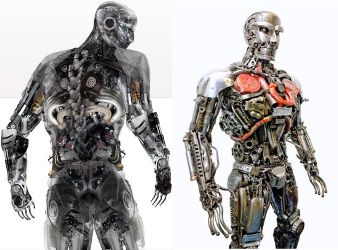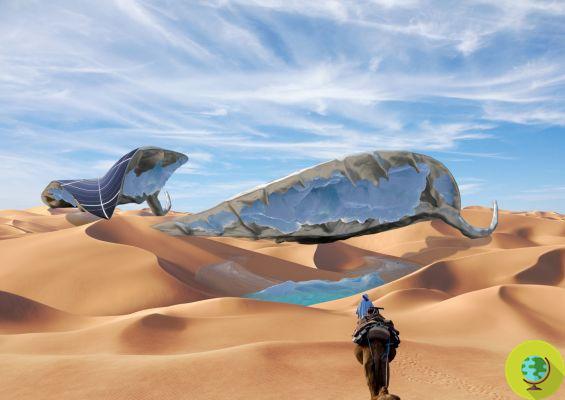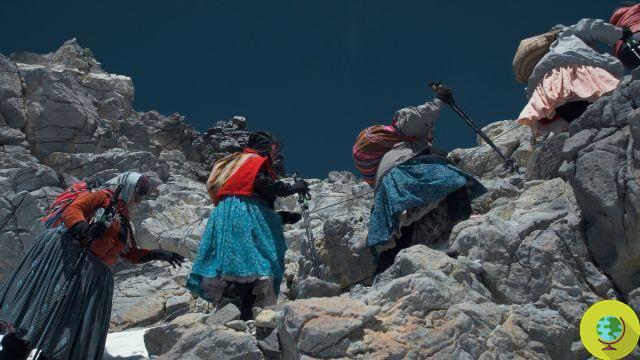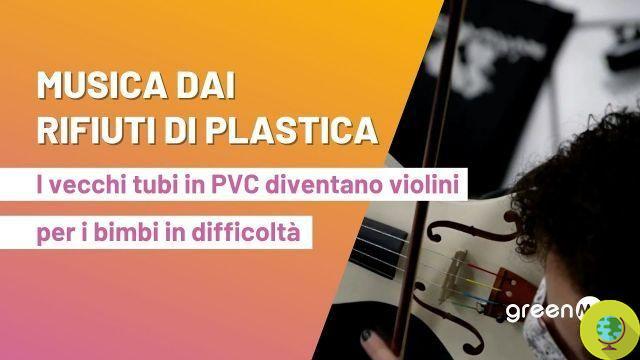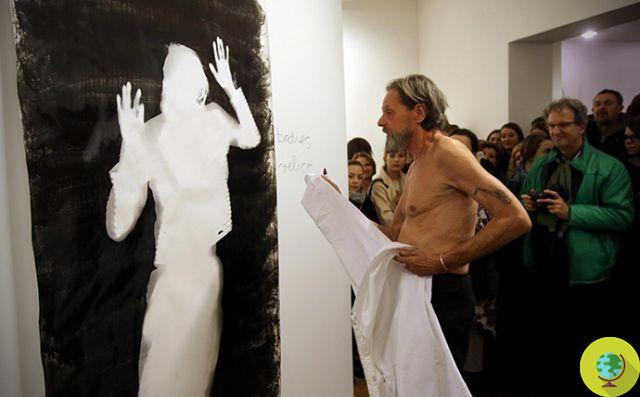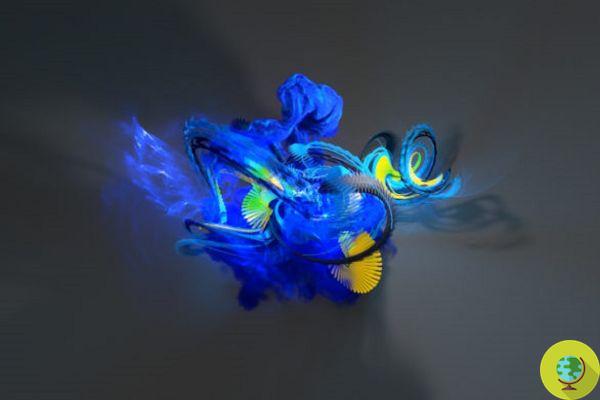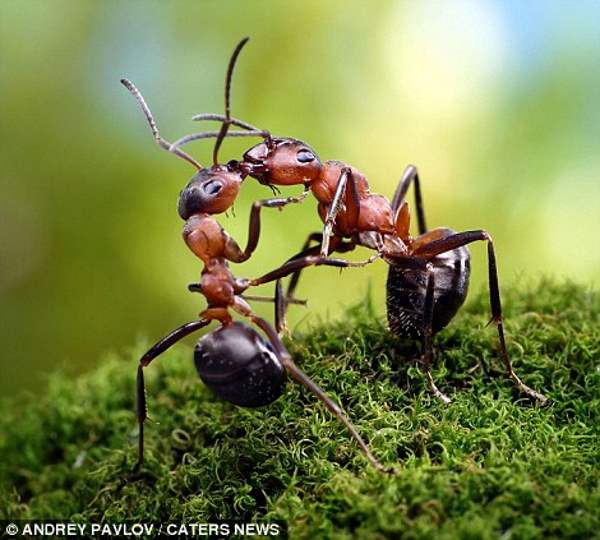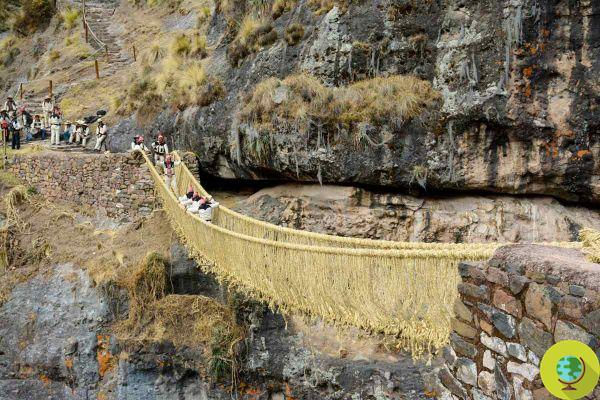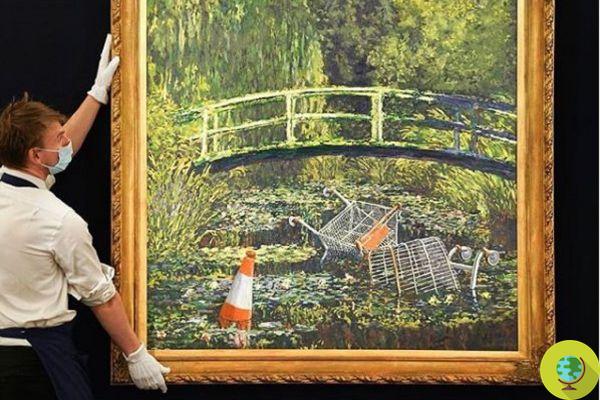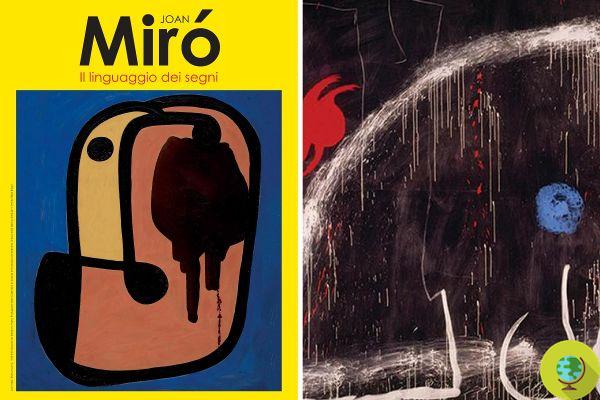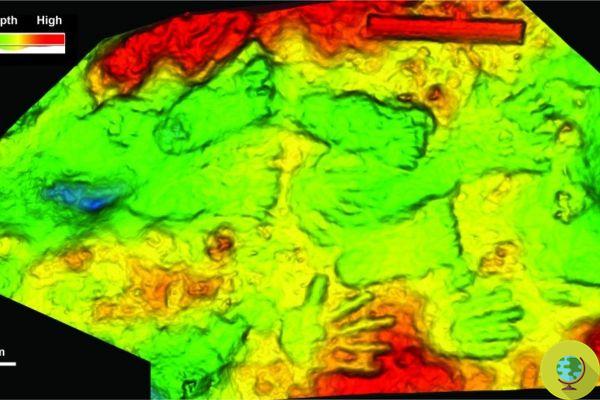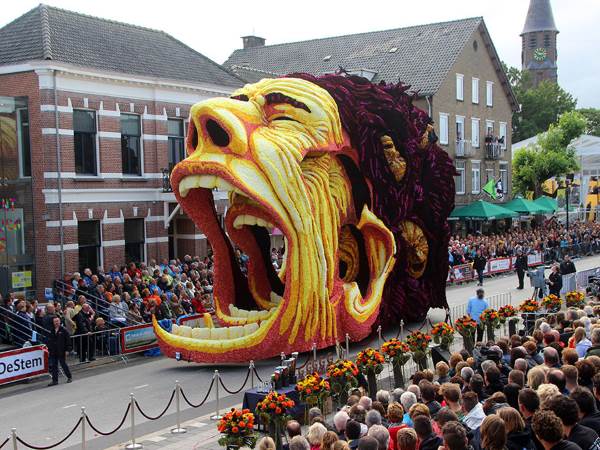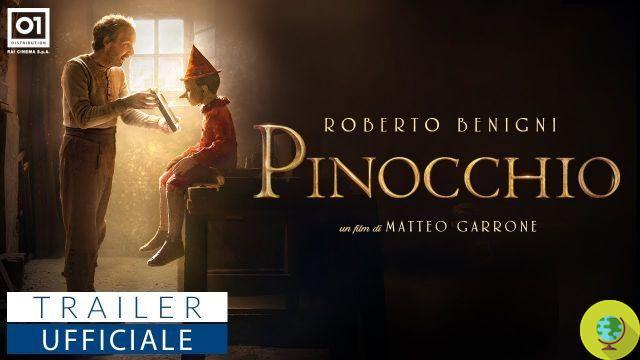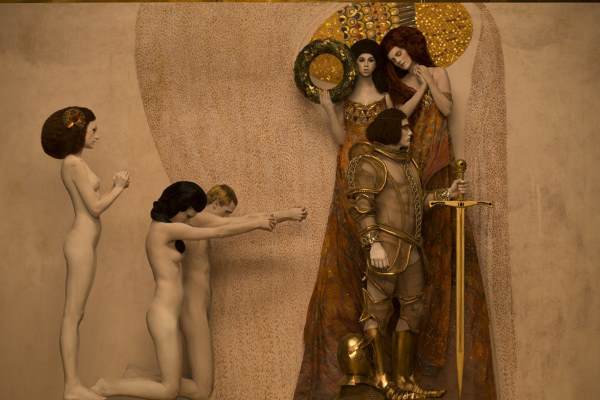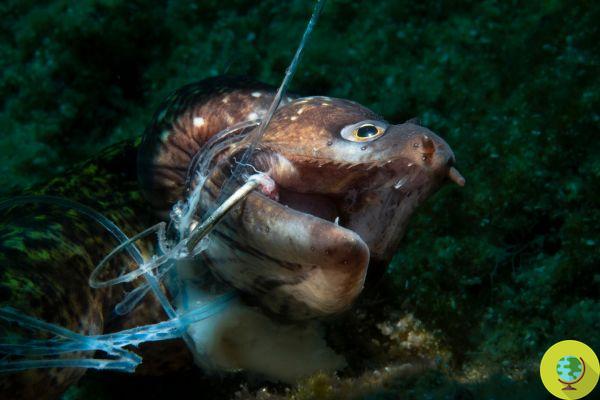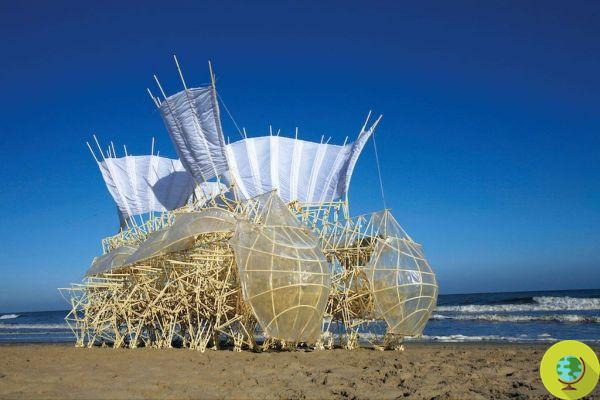
The works of the artist Theo Jansen are real kinetic sculptures able to move thanks to the energy of the wind.
The works of the artist Theo Jansen are real kinetic sculptures able to move on their own thanks to the energy of the wind. Millipede creatures with extraordinary mechanical properties, made primarily from recycled plastic and waste, Jansen's Standbeests have proliferated on coasts around the world since 1990.
The boundaries between art and engineering are only in our minds. The opposite could not be said, after admiring the extraordinary kinetic sculptures of the Dutch artist Theo Jansen: real works of art born from the encounter between a strong artistic flair and a solid engineering background.
Among Jensen's creations, those that he himself baptized stand out in particular “Beach Animals”, “Beach animals”, that is, enormous kinetic machines capable of moving autonomously by exploiting the breath of the wind. These creations have the appearance of fantastic creatures and are reminiscent of huge insects or dinosaur skeletons from another world, a universe where science and fantasy come together.
The structure of these “wind giants” is first designed on the computer, while the materials used are the most ordinary, easily available and mainly recycled, such as yellow PVC pipes, rubber bands, bands, pallets, wooden sticks and plastic bottles.
With the passing of the years and the advancement of experiments, the artist has always improved the technology of his sculptures. To date, beach animals not only walk thanks to the power of the air currents, but also have the ability to store wind energy in the form of compressed air, so that they can move independently even in the absence of wind.
The kinetic sculptures also have minimal perceptive abilities, acquired through special sensors, which allow them to avoid obstacles or to anchor themselves to the earth (using a pin) in case the gusts are too powerful. Not only that, machines also have a rudimentary memory; thanks to this faculty the sculptures modify their behavior based on perceptions.
Jansen's works have been housed in some of the most important international museums such as the Cité des Sciences and the Palais de Tokyo in Paris, the Exploratorium in San Francisco, the National Museum of Science and Technology "Leonardo da Vinci" in Milan and the 'Art & Science Museum of Singapore.
We can only guess the wonder of being in front of these enormous creatures dancing in the wind, the result of a mixture of technical-scientific knowledge and humanistic suggestions, daughter works of the splendid encounter between nature and culture.
And in the future? Jansen dreams of populating the Dutch beaches with herds of these "animals", free to move between the air and the earth.
Read also:
- Olek, the street artist who colors the world with crochet
- The giant mural inspired by Van Gogh made with 200 thousand plastic caps in Caracas
- Drawing with light: the artist who paints thanks to the sun's rays




